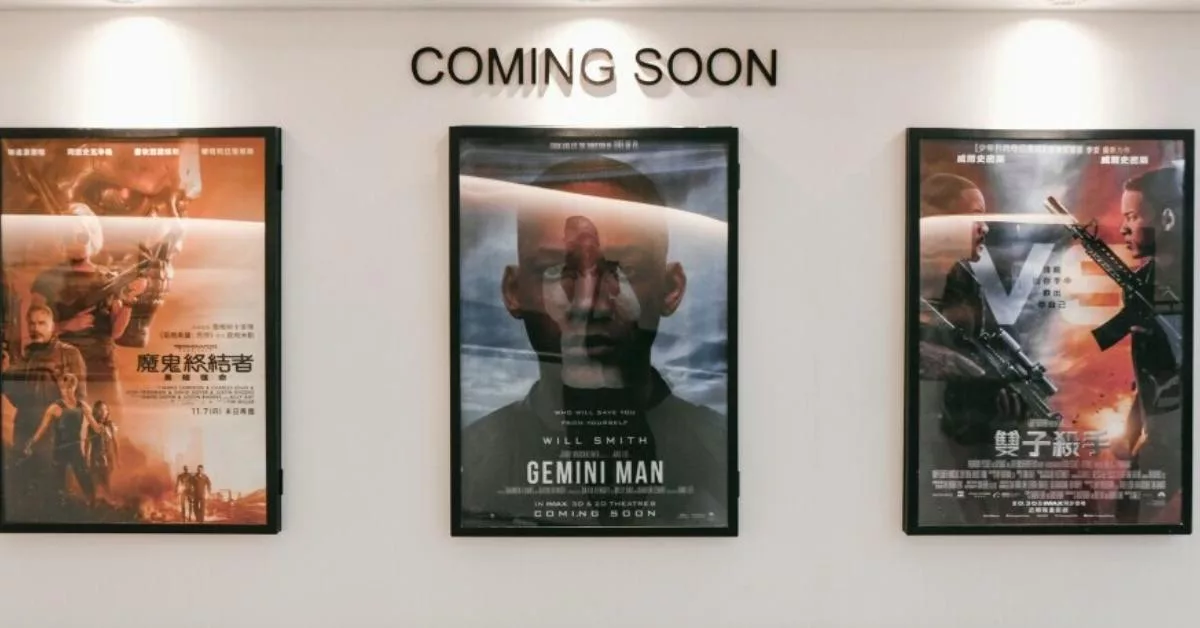
Cigars have been in movies since the inception of Hollywood. A good cigar scene can speak volumes without a word even spoken.
In the hands of a powerful mogul, a cigar signifies dominance and success, while for a hard-boiled cop, it could represent rugged authenticity.
Cigars change everything about the scene and what the scene makes you feel. Imagine the character with a cigar then imagine that cigar not being there. What feelings do you have for each scene? Do they differ?
Classic Characters, Classic Cigars
Humphrey Bogart
Humphrey Bogart, With a flick of a match, he wasn’t just lighting a cigar; he was creating a mood, an atmosphere. The cigar became as much a part of his persona as his trench coat and fedora.
Clint Eastwood
Now let’s imagine Clint Eastwood riding across the desert skies, a cigar clenched between his teeth. He didn’t need to say a word. The cigar did the talking—bad to the bone not going to take nothing from anyone, mysterious, and no-nonsense. These elements are not just props; they’re extensions of their characters’ identities.
Al Pacino
Cigars often represents a gritty resilience or an elite sophistication. Think of how Al Pacino’s Tony Montana in ‘Scarface’ uses cigars to emphasize both his ascent and ruthlessness in the criminal world. These visual cues are intentional, speaking directly to the audience’s sense of what success might look or feel like.
Cigars go with storytelling because they light a fire under the story. They add extra input into the characters lives and tells a story all of their own. Embracing the classic cigar scene is like a nod to the film’s golden era, a reminder of timeless stories carved with style and flair.
Cigars in Modern Films: A Present-Day Perspective
In today’s cinematic world, cigars have taken on fresh narratives, reflecting shifting cultural norms and evolving character archetypes. While classic films often associated cigars with machismo or luxury, modern movies offer new angles on these iconic scenes.
Directors POV
Directors and writers now leverage cigars to redefine character depth and relatability. Tarantino, for instance, uses cigars not just as symbols of toughness, but as a means of showing vulnerability or introspection. It’s intriguing to watch how these smoking moments unfold, revealing layers of the characters’ psyche.
Fans POV
Fans of movies and shows often crave authenticity instead of the big shot fancy pants main character. You might see them adding a sense of gritty realism in a tense dialogue or perhaps a lighter touch in a comedic moment. Films like ‘The Pursuit of Happyness’ use them to highlight the stark contrast between aspiration and reality.
Audience Expectations Today
Audiences have grown with the film industry as well. The audience is looking for the character to have more depth in their personality and adding a cigar tells a story and set that with a glass of brandy then no words need to be said.
These modern scenes keep the passion of cigars alive, ensuring they’re not just relics of old ways but essential parts of character development in today’s advanced storytelling landscape.
Impact on Pop Culture and Viewer Perception
Cigars in films do more than shape characters—they shape how we look at someone in reality smoking a cigar. To the villian letting smoke roll slowly to the hero puffing on a cigar after a long day of fighting crime. We transform these scenes beyond movies and shows and into our own lives.
Reality From Film
Fans often want to be like their favorite on-screen heroes or villians, bringing these personas into real life. A simple cigar can become a statement or a conversation starter, representing aspiration, rebellion, or fancy sophistication.
Cigars in Marketing
Marketers can use cigars in still images. Posters featuring characters with cigars often promise a certain style or swagger, making the story in one photo. This branding tactic taps into the timeless charisma of cigar scenes, drawing audiences in.
What Next?
what’s next for cigars in cinema? Maybe more female roles are seen smoking a cigar. Whether or not cigars maintain their current symbolism, their place in film history is set in stone and will likely continue to do inspire the next generation to do great things and have great thoughts.

